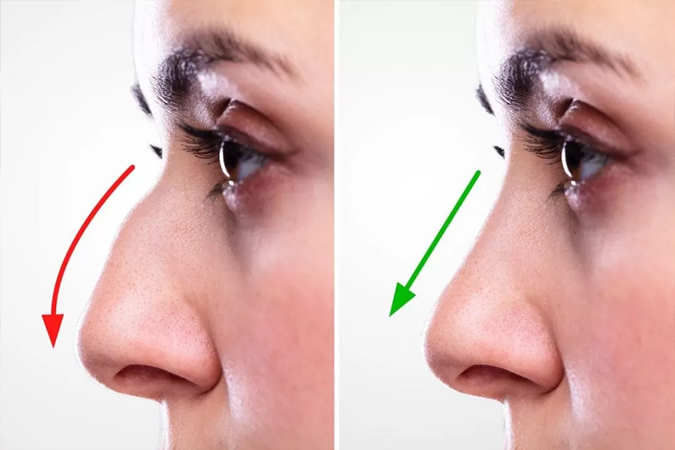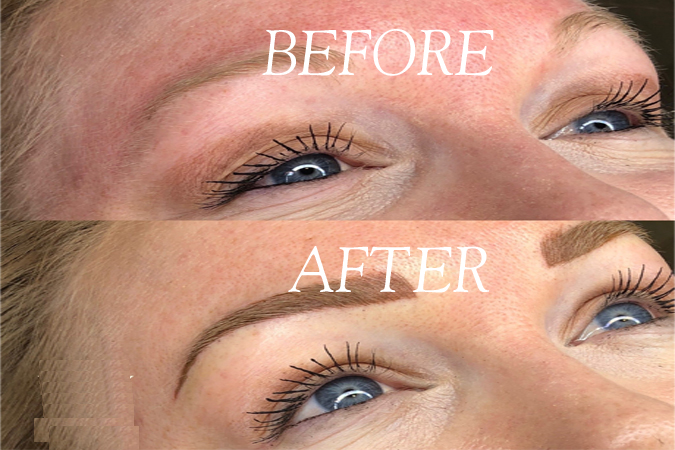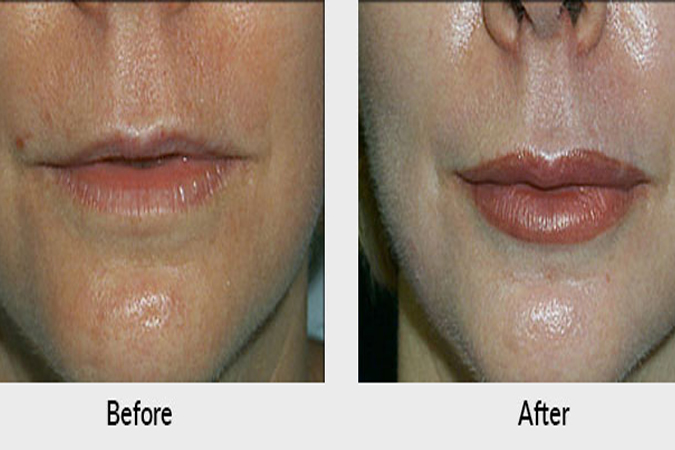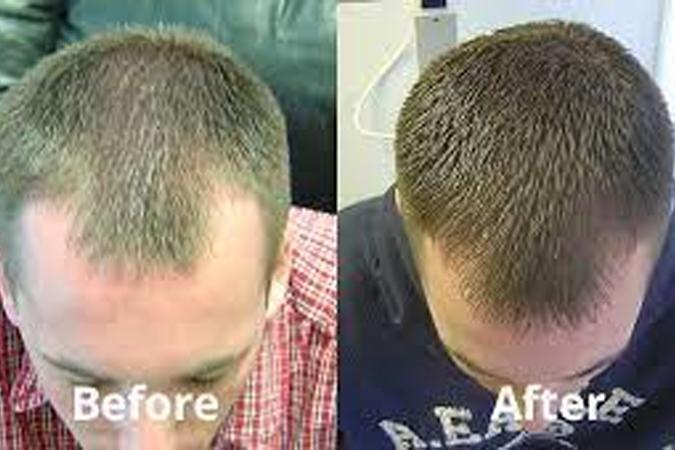
Rhinoplasty
Rhinoplasty is a surgical procedure commonly referred to as a "nose job." It involves reshaping or resizing the nose to improve its appearance or function.
During rhinoplasty, the surgeon may make incisions inside the nostrils or across the base of the nose, depending on the desired changes. Cartilage, bone, or tissue may be removed, reshaped, or added to achieve the desired result.
Rhinoplasty can address various concerns, including a hump on the bridge of the nose, a drooping or bulbous tip, asymmetry, or a deviated septum that affects breathing.
Recovery from rhinoplasty typically involves swelling and bruising around the nose and eyes, which gradually improves over several weeks. Most patients can return to normal activities within a week or two, although final results may take several months to become fully apparent.
It's important for individuals considering rhinoplasty to have realistic expectations about the outcome and to discuss their goals and concerns with a qualified plastic surgeon.





